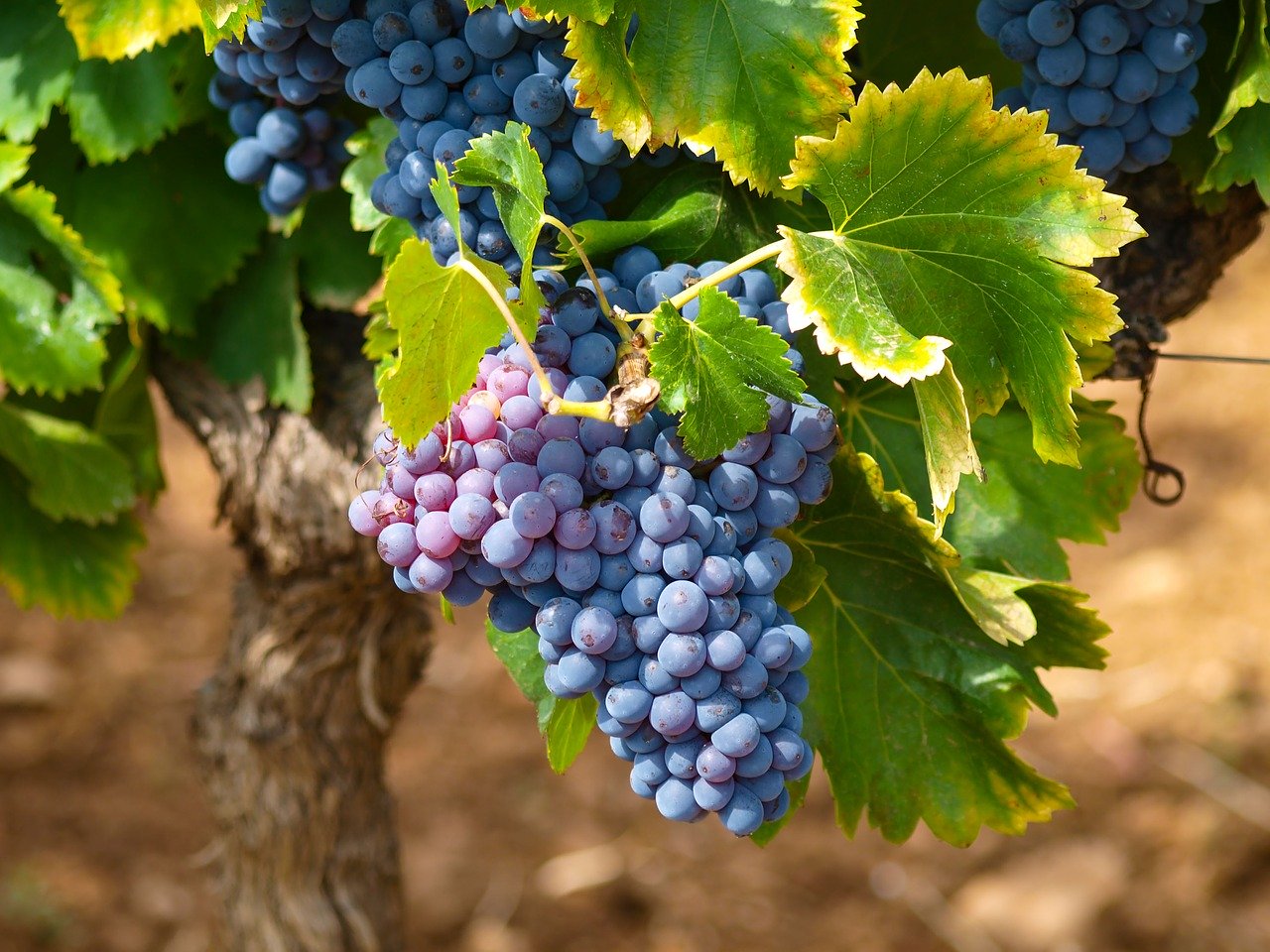Planting more heat-tolerant grapes could stop wine shortages
New research suggests winemakers should grow grapes that are more tolerant to heat in response to rising global temperatures. Switching grape varieties could cut losses in wine production.
I
mbibing a glass or two of your favourite wine could become a rare pastime unless growers swap grape varieties to adapt to climate change, researchers warned on Monday.
Global warming of 4 degrees Celsius (7.2 degrees Fahrenheit), a realistic prospect this century, would threaten up to 85% of the world’s wine-growing regions – but planting different grape varieties or quantities could significantly cut losses, said a new study.
The international team of scientists said their work highlighted “the critical role that human decisions play in building agricultural systems resilient to climate change”.
The researchers looked at the climate suitability of 11 varieties of wine grapes, which account for a third of the area planted globally and are prominent in many important wine countries such as France, Australia, New Zealand and Chile.
Switching to varieties that are more tolerant to heat could cut the loss of growing areas to 24% from 56% under average global temperature rise of 2C (3.6F) from preindustrial times, and to 58% from 85% with a 4C increase, they found.

Global warming of 4 degrees Celsius would threaten up to 85% of the world’s wine-growing regions. Photo by Marc Benedetti from Pixabay
In France’s Burgundy region, currently cultivated varieties like pinot noir could be replaced with the heat-loving mourvedre and grenache, they said.
Cooler wine-growing regions such as Germany, New Zealand and the U.S. Pacific Northwest could also become suitable for grapes that thrive in warmer climes.
But top producers Italy, Spain and Australia – which are already hot – face the largest losses, they added.
Bushfires have destroyed Australian vineyards
Some big wine growers, particularly in Australia and California, also are facing losses of vineyards to worsening wildfires, as climate change brings hotter and drier conditions.
John Handmer, a Canberra-based science advisor for the International Institute for Applied Systems Analysis, said recent bushfires in Australia meant some vineyards were not just damaged but “gone” – and could take years to re-establish.
That would impact not only agricultural earnings – already hard-hit by drought in Australia – but also tourism in wine-growing areas, he added.
Ignacio Morales-Castilla, lead author of the new study published in the Proceedings of the National Academy of Sciences journal, said the research showed there was still an opportunity to adapt viticulture and agriculture to climate pressures.
“But we need to be aware that the more warming there is, the less chances we have to adapt,” said Morales-Castilla, from Spain’s University of Alcala.
Diversifying into different grape varieties can help, he told the Thomson Reuters Foundation – but once warming tops 2C, it becomes a less effective strategy the hotter the climate gets. The world has already warmed by just over 1C.
In addition, vineyards must overcome regulatory, financial and cultural hurdles to switch varieties, warned the study.
“There is attachment of some growers to given varieties that were grown (there) for centuries… and shifting or abandoning that variety is not going to be easy,” said Morales-Castilla.
He said he hoped many more local varieties suitable for growing in hotter temperatures could be identified, as the study only looked at 11 varieties from a global total of about 1,100.
The ideas presented in this article aim to inspire adaptation action – they are the views of the author and do not necessarily reflect those of the Global Center on Adaptation.